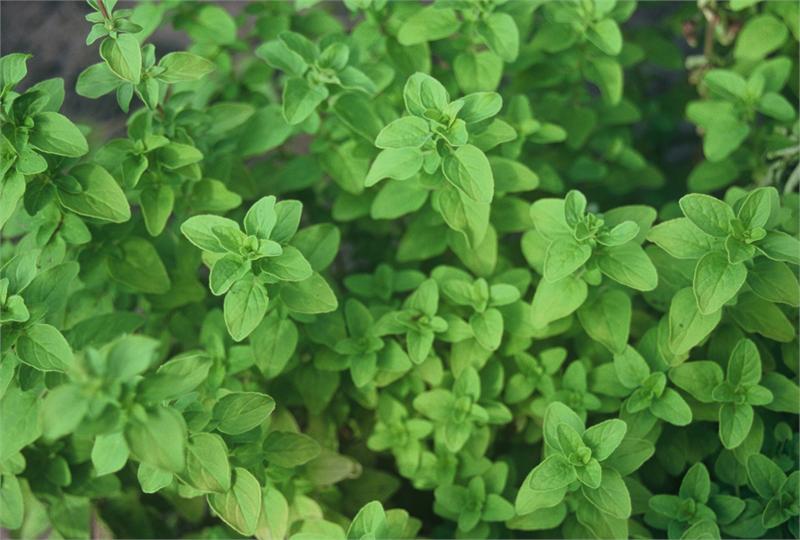
Marjoram, a versatile and aromatic herb, has long been prized for its culinary, medicinal, and ornamental value. With its delicate leaves and distinctive aroma, marjoram can be a delightful addition to your garden, home, or greenhouse. Whether you’re a seasoned gardener or a novice plant enthusiast, growing marjoram can be a rewarding and satisfying experience. In this article, we provide a comprehensive guide on how to grow marjoram in various settings.
Choosing the Right Variety
Before you start growing marjoram, it’s essential to choose the right variety for your intended use. There are two main types of marjoram:
Sweet Marjoram (Origanum majorana)
This variety has a milder flavor and is commonly used in culinary dishes, often replacing oregano due to its more delicate taste.
Wild Marjoram or Oregano (Origanum vulgare)
This variety is stronger in flavor and is often used in Mediterranean cuisine. While it’s often called oregano, it’s also known as wild marjoram.
Growing Marjoram Outdoors
1. Location
Marjoram thrives in full sunlight and well-drained soil. Choose a location in your garden that receives at least 6-8 hours of sunlight each day.
2. Soil Preparation
Marjoram prefers slightly alkaline soil with good drainage. You can amend the soil with compost to improve its structure and fertility.
3. Planting
You can start marjoram from seeds indoors or plant young seedlings outdoors after the last frost. Space the seedlings about 12-18 inches apart to allow room for growth.
4. Care and Maintenance
Water the plants regularly, keeping the soil consistently moist but not waterlogged. Mulching around the plants can help retain moisture and suppress weeds. Prune the plants to encourage bushy growth and to prevent them from becoming too leggy.
Growing Marjoram Indoors or in a Greenhouse
1. Container Selection
Choose a well-draining container with adequate drainage holes. A 6–8-inch diameter pot is suitable for growing marjoram indoors.
2. Soil Mix
Use a potting mix that provides good drainage. A mix of potting soil and perlite or vermiculite can work well.
3. Sunlight
Marjoram grown indoors requires ample sunlight. Place your pot near a south-facing window where it can receive at least 6 hours of sunlight daily. If natural light is limited, consider using a grow light to supplement.
4. Temperature and Humidity
Marjoram prefers warm temperatures, ideally between 70-85°F. It can tolerate average indoor humidity levels.
5. Watering
Water the plant when the top inch of the soil feels dry. Ensure the container has proper drainage to prevent overwatering.
6. Fertilization
Use a balanced liquid fertilizer once a month during the growing season to provide essential nutrients.
Harvesting and Usage
You can begin harvesting marjoram once the plants are well-established and have reached a reasonable size. To harvest, simply snip off the stems with leaves using clean garden shears or scissors. Marjoram leaves can be used fresh or dried for culinary purposes, such as seasoning soups, stews, sauces, and marinades.
Conclusion
Whether you’re cultivating marjoram outdoors in your garden, indoors on a sunny windowsill, or within the controlled environment of a greenhouse, this aromatic herb offers both aesthetic and culinary benefits. By following these guidelines for planting, care, and harvesting, you can enjoy the delights of fresh marjoram leaves and add a fragrant touch to your dishes while enhancing your gardening skills and connection to nature.
12 Fun Facts About Marjoram
Ancient Herbal Remedy
Marjoram has been used for centuries in traditional medicine for its potential health benefits. It was believed to have properties that could aid digestion, relieve headaches, and even promote relaxation.
Sibling to Oregano
Marjoram is often referred to as “sweet marjoram” to distinguish it from its close relative, wild marjoram or oregano (Origanum vulgare). Despite their similarities, these two herbs have distinct flavors and are sometimes used interchangeably in cooking.
Symbol of Happiness
In ancient Greece, marjoram was associated with Aphrodite, the goddess of love and beauty. The plant was considered a symbol of happiness and used in various rituals and ceremonies.
Aphrodisiac Associations
Due to its connections with Aphrodite, marjoram was often used as a romantic and love-inducing herb. It was believed to have aphrodisiac qualities and was used in love potions.
Culinary Delight
Marjoram’s delicate flavor is a wonderful addition to many culinary dishes. It’s often used to season meats, soups, stews, and sauces, adding a subtle and slightly sweet aroma.
Tea Time
Marjoram leaves can be used to make a soothing herbal tea. The tea is believed to have calming properties and is often enjoyed for its mild flavor and potential health benefits.
Aromatic Traditions
The ancient Romans held marjoram in high esteem and used it in garlands and wreaths, as well as for flavoring foods. It was a common herb used in cooking, perfumes, and even as an air freshener.
Beneficial Essential Oil
Marjoram essential oil is extracted from the leaves of the plant and is used in aromatherapy for its potential calming and muscle-relaxing properties. It’s also known for its soothing aroma.
Potpourri and Crafts
Marjoram’s pleasant scent has made it a popular choice for creating potpourri blends and fragrant sachets. It’s also used in various crafting projects to add a natural touch and aroma.
Companion Planting
Marjoram is sometimes used as a companion plant in gardens to help deter pests and attract beneficial insects, such as bees and butterflies.
Creeping and Upright Varieties
While most marjoram varieties are upright-growing herbs, there’s also a creeping variety known as “Golden Marjoram” (Origanum vulgare ‘Aureum’). This creeping marjoram has bright golden leaves and is often used as a ground cover.
Herb of Happiness
Marjoram is sometimes referred to as the “herb of happiness” due to its historical associations with joy, love, and well-being.




Comment here